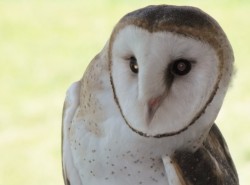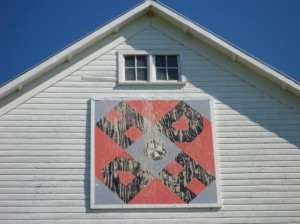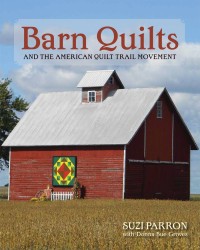
Secretariat’s Foaling Shed has been relocated from the pasture behind the main house to the middle of the old racetrack, where it is preserved as an artifact for State Fair patrons to observe, near the new equine facilities.
Recently listed on Preservation Virginia’s Most Endangered Historic List of 2012, The Meadow Farm, was auctioned on May 22nd. Birthplace of the 1973 Triple Crown-winner Secretariat, the 331 acres that remains of The Meadow is situated within Caroline County, Virginia, just east of Interstate 95. Nearly 34 years after the Chenery family sold the farm, it is now threatened by the development pressures that accompany any property near an Interstate exit. But it is perhaps more at risk from those who do not know its rich, yet humble history.
The barns are currently located within the Virginia State Fairgrounds. According to reports in the Richmond Times-Dispatch, The Virginia Farm Bureau Federation and Tennessee-based Universal Fairs have formed a partnership, Commonwealth Fairs and Events. The future of the barns are unknown at this time; however, one of the stated focuses by this new partnership will be to highlight Virginia agriculture.
In 2006, The Meadow was determined to be eligible for listing on the National Register of Historic Places by the Virginia Department of Historic Resources (SHPO). Although the main house was no longer standing at that time, it was determined that the historic significance of The Meadow as a notable twentieth-century breeding and training farm of Thoroughbred racehorses was clearly conveyed through the physical components that survived from the Chenerys’ tenure. In addition to establishing the Meadow Stable, Christopher Chenery was instrumental in the creation of the New York Racing Association (NYRA), the non-profit organization that continues to oversee the Belmont, Saratoga and Aqueduct racetracks, and shaped horse racing on the East Coast for much of the twentieth century.
Extant historic features at The Meadow include a number of training, yearling, stallion and broodmare barns, as well as the foaling shed where Secretariat was born in 1970. Other historic structures such as machine sheds, hay barns, secondary dwellings, garages, a pump house, and a horse cemetery also remain. But perhaps more telling, and less visible to the “urban” eye, are the various historic landscape features, including the path of the old racetrack, numerous paddocks and pastures, fences lines, farm roads, and field patterns—all of which continue to reflect The Meadow’s equine and historic agricultural use for the past 250 years.
Given the farm’s high-level of historic significance, our hope is the farm’s new owners will be sensitive to historic fabric that remains of Secretariat’s Meadow farm, and perhaps even restore some of Chenery’s design.
To read the original post on May 16, 2012, please click here.










